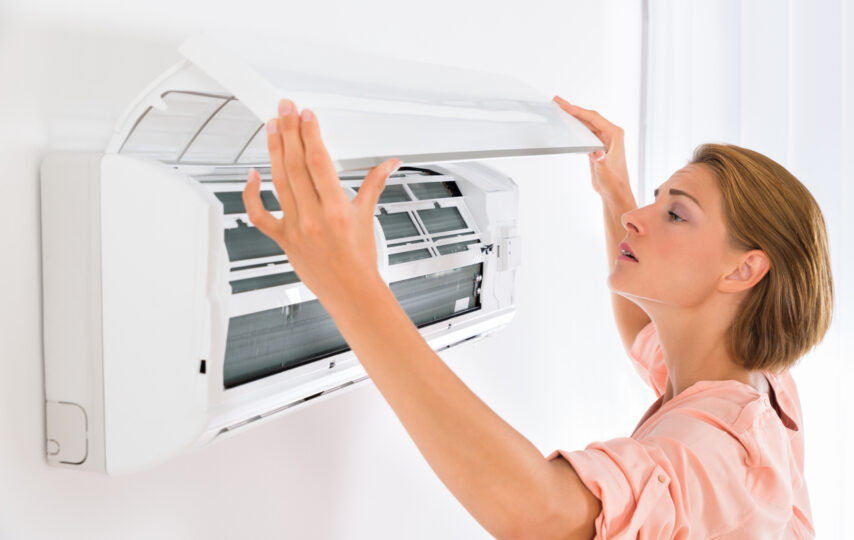When it’s a scorching summer day outside, but your house is a cool 68 degrees, you might wonder, “How do air conditioners work?” To summarise, air conditioners take heat and humidity from the air within your home and transport it outside to cool it down.
Many different sections of the air conditioner must work together to complete this operation. Not to mention the fact that there are various systems that all serve the same purpose of cooling your home. Let’s figure out how the Air Conditioning Installation works.
What is the mechanism of air conditioning?
Air conditioning devices reduce the temperature of the room by pumping all warm air from your home outside and then releasing cool air back into the inner space. Then, liquid moisture turns into a gas, it absorbs heat, which is how they work in theory. Air conditioning systems work similarly to ordinary refrigerators in that heat is absorbed inside the unit and then evacuated from the room.
Here’s how it works-
- First, the system draws warm air from the room into the system.
- This air passes over the cold evaporator pipes inside, cooling and removing excess moisture with a dehumidifier.
- Meanwhile, the coolant in the chiller pipes absorbs heat from the air passing by and evaporates, changing from a cool liquid to a warm gas.
- The cold air is then recirculated into the space, mixing with the current air to lower the temperature and humidity.
What are the functions of the various air conditioning components?
We all know that Air Conditioning Installation requires a coolant liquid to chill the air circulated through the coils. This refrigerant circuit must contain three critical components for the air conditioning process to work.
1. The evaporator of the air conditioner.
Warm air is pulled in from your home and fed via an expansion valve, which controls the flow. The hot air is then forced over the cold evaporator coil, absorbing the heat. As the refrigerant inside the coils mops up the heat, it transforms back into a gas and flows towards the compressor.
2. The compressor for the air conditioner.
For the condensing process, the compressor in an air conditioning system functions as a pump, reducing the volume of the gas while increasing its pressure and temperature.
3. The condenser of the air conditioner.
The air conditioning condenser pumps the heat gathered by the refrigerant, now in vapor form, outdoors, where the outside air preoccupies the heat and changes the state of the refrigerant from a gas to a liquid.
Other advantages
Air conditioning can also be advantageous in a variety of other ways:
- Your air conditioning system may, in theory, keep your home secure without the need to leave windows and doors open. If you don’t have an open door or window, it’s far more difficult for someone without authority to enter your property.
- Because of the air conditioning filters, there will be fewer insects or pests in your home. These filters will also keep your home clean by preventing fleas from spreading on your pets’ fur.
Conclusion
You may not have considered air conditioning in the past, but if you want to improve your home’s technology while also breathing cleaner air, preventing common health concerns, and keeping your home secure, an air conditioning system could be right for you.








